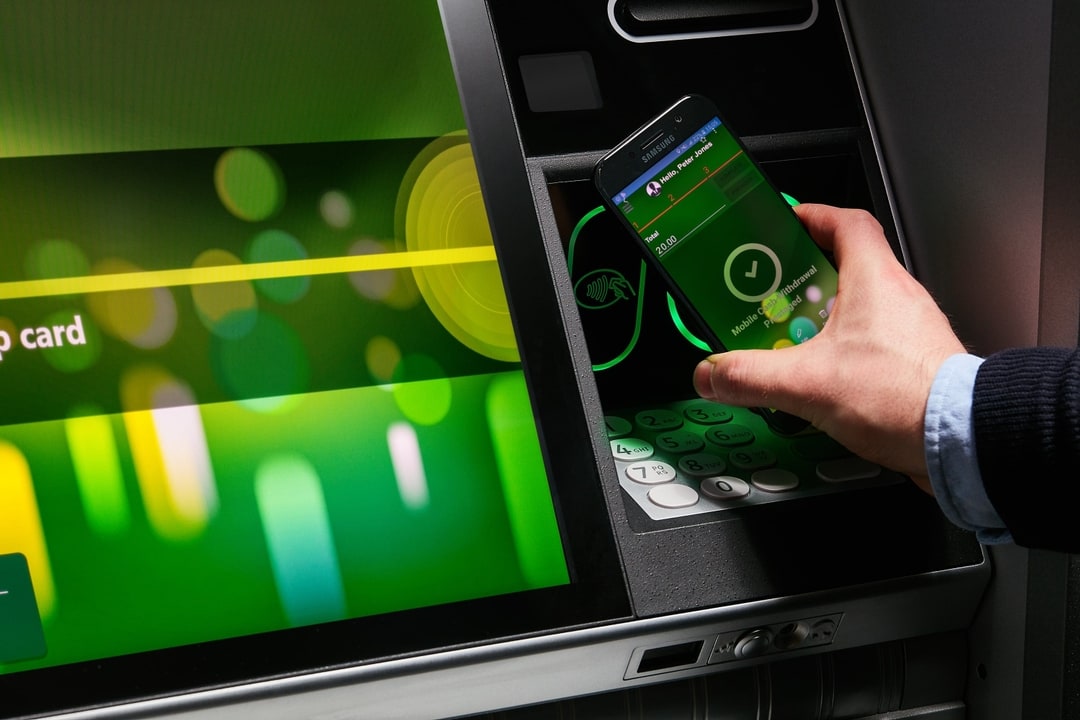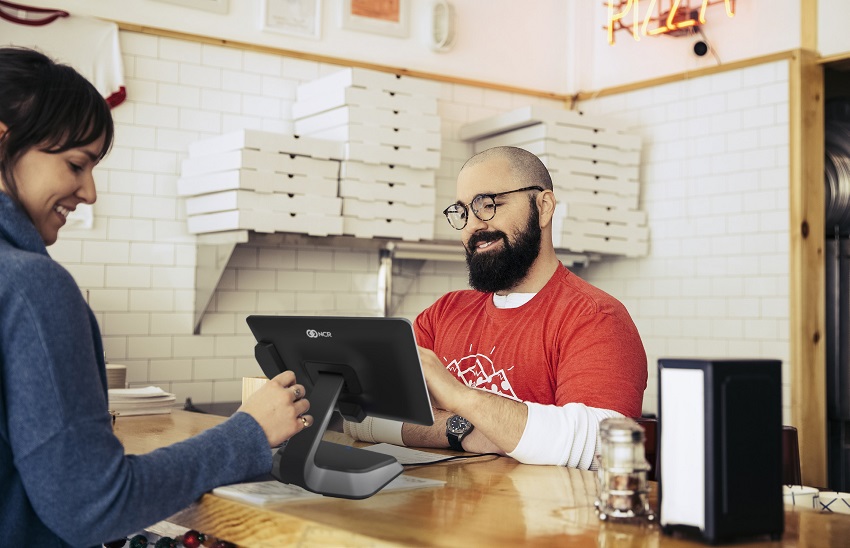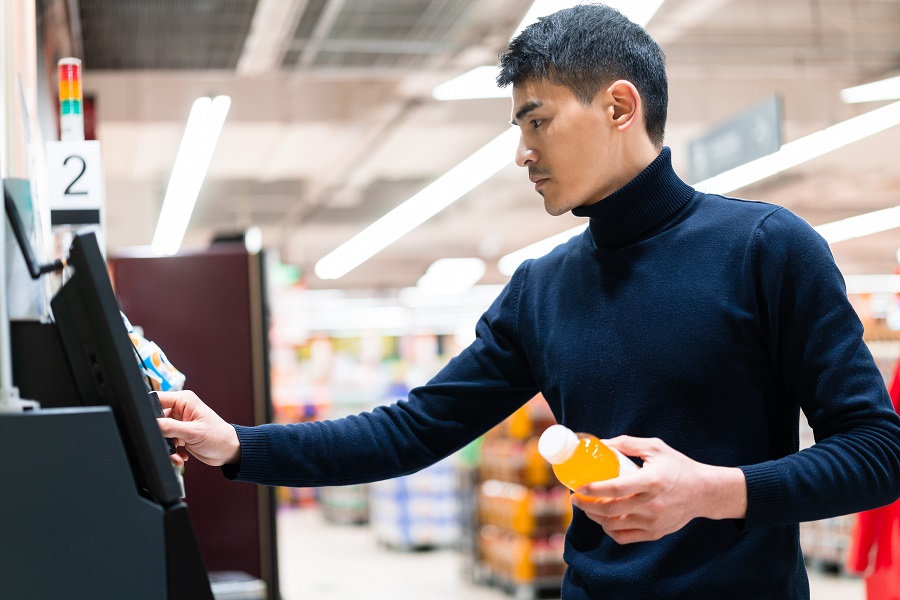Tackling inflation concerns with loyalty programs
Published May 10, 2022
Over the past couple of years, inflation and food insecurity have experienced a shocking upsurge globally. According to the U.S. Bureau of Labor Statistics, the Consumer Price Index for All Urban Consumers (CPI-U) rose 0.8% in February 2022 on a seasonally adjusted basis.
In early February, the chairman of Tesco, John Allan, warned the world about the "worst to come" on food price inflation. In 2021, the market research company IRI estimated that inflation would be 5% to 8% by mid-2022, which seems quite accurate now.
The pandemic was the turning point for supermarkets, which decided to bring back loyalty programs to counteract rising inflation concerns. A 2019 OnePoll survey revealed that a fifth of British people couldn't be bothered to use their loyalty program to collect points while grocery shopping before the pandemic. The loyalty programs were undoubtedly becoming old-school.
Around the same time, a KPMG survey found that around 96% of millennials agreed that companies should develop new ways to reward loyal customers. Another survey revealed that 75% of consumers would even switch to a competitor to take advantage of better loyalty rewards.
Fortunately, supermarkets made exemplary efforts. We saw new loyalty programs, such as Lidl Plus and Asda Rewards, and several personalized offers and credit card benefits. These schemes aim to increase customers' loyalty to the brand and fight price increases.
How are supermarket consumers responding to inflation?
When people's budgets are narrowed down due to any factor, their shopping behaviors change. Some switch to retailers, while others change their shopping format. A few also reach out to other brands to maximize the value they get for their money.
The pandemic and ensuing lockdown played a significant role in altering consumers' shopping behaviors. With rising inflation concerns, many consumers either changed their shopping format or switched from supermarkets to retailers.
These behaviors resulted in consumers unknowingly buying the same products from more expensive means.
Shopping format changes
Many consumers shifted toward online shopping during the pandemic because many physical stores were closed. In addition, Generation Z's spending habits were already inclined toward online platforms.
Although the prices of both online and offline products are similar, we still see consumers drawn toward shopping in small-store formats.
Switching to premium retailers
During the lockdown, many premium retailers and convenience stores experienced considerable shifts in their market share, leading to higher prices. This coincided with a sudden spike in inflation.
Surprisingly, many consumers switched to premium retailers for quality products, benefiting large retailers with extensive networks all over the country. Supermarkets that have already established online delivery services can also benefit from this consumer shopping behavior.
However, this consumer behavior can't account for a significant portion of inflation, because the price differential and the extent of the shift are too small.
Ways supermarkets can use loyalty programs to offset price increases
Digital transformation and increased e-commerce shopping pushed businesses to revive their customer retention strategies and develop new loyalty programs. Consumers primarily want one thing from the supermarkets: a relationship that goes both ways.
Thus, here is how supermarkets can use loyalty programs to counter inflation.
Embracing technology
Technology is the future of this world, so embracing it is the way to go. Retailers need to adopt a transformational approach and create a new, deeper connection with their consumers by providing value that encompasses the price.
Take the examples of Netflix and Spotify. Both brands showed how to make your way in several industries by building strong customer relationships with technology and personalization.
Supermarkets can come up with rewards apps that give their regular or new customers discounts on products. These could be grocery coupons, fuel recharge cards, cashback rewards, or food deals.
No one can deny the importance of data at the moment. Technology enables consumer data collection (with their consent), which institutions can use to create a more personalized and affordable customer experience.
Next-level personalization
Leveraging technology to access first-party data can help supermarkets target their customers wherever they want.
Data gives brands exposure to the most in-demand consumer goods, allowing them to build loyalty in the short term and long term.
This results in next-level personalization — enabling supermarkets to communicate with the right customers at the right time through several channels. For example, Lidl Plus and Asda Rewards aim to engage consumers with personalized games.
The Lidl Plus app started off by offering weekly coupons to users, with up to 25% off on specified items. Now, it's creating interest with gamification. Consumers get digital scratchcards for every purchase, which help them win a discount.
Likewise, Asda Rewards also provides consumers with a personalized experience through gamification. Shoppers can "spend to earn points" and earn more points and miles by completing "missions" in the app. These missions could include buying three fruit or vegetable products or spending a specific amount in another category.
Big names like Amazon Fresh also enhance their customers' experience and loyalty with amazing discounts. Amazon Fresh currently offers two coupon codes and 51 discounted offers to customers on their favorite products. Similarly, American Express also offers travel and shopping rewards and even gift cards. also offers travel and shopping rewards and even gift cards.
Creating personalized experiences for consumers can help supermarkets simultaneously increase customer loyalty and fight inflation.
Related: Personalization can be the key to boosting your loyalty program
Charitable programs
Developing charitable programs to help needy people in the community can also help supermarkets create loyalty among consumers. For example, the My Morrisons loyalty app enables people to be a part of social groups like the Teachers' Club and NHS Club and take advantage of special discounts while donating to charity.
A renowned supermarket, Sainsbury's, has also started an initiative that allows Nectar members to give their points to charity. Whenever a shopper donates, each point directly funds their chosen charitable firm.
These examples show how supermarkets can use customer data to build longer-term loyalty and do good for the community. Fortunately, this approach has been boosting sales for supermarkets as well.
Tesco now offers 95% of its promotional offers via its Clubcard Prices only. This initiative was developed to help members combat the inflationary pressure, with around 4,500 products available at discounted rates. It resulted in more than 20 million Clubcard sign-ups for the brand.
Unique offers
Ensuring customers get value for their money is the key to increasing their loyalty and mitigating inflation concerns. With so many brands offering discounts and loyalty programs, supermarkets must compete to give unique offers and stand out from the crowd.
More than 70% of consumers recommend a brand with a good loyalty program. Thus, supermarkets must offer unique rewards to compel shoppers to choose a particular brand or offer.
"With retailers being more focused on developing customer loyalty programs, the competition will intensify in the coming years."
How loyalty programs help retailers grow their customer base
Increasing customer loyalty toward their brand helps retailers grow their customer base and retain it for a long time. Supermarkets can attract new customers, minimize turnover, boost profits, increase sales, and grow sustainably with a well-established loyalty program.
Loyalty programs help retailers:
- Create an emotional connection with the customers
- Bring back existing customers for a higher ROI
- Gain insights into customers’ shopping behaviors
When all these things are established, retailers can rise above inflation and simultaneously grow their customer base.
Final thoughts
With inflation concerns and rising oil prices, it's an opportunity for supermarkets to integrate technology-driven solutions into their standard price-cut investments.
Over the past few years, the idea of having discounts or cashback offers has never seen such high demand as inflation upsurges. So the desire for loyalty programs isn't going anywhere; benefiting from this is the key.
With loyalty programs, retailers can achieve high-level personalization with customers, accelerate their growth, and fight inflation — all side by side!



